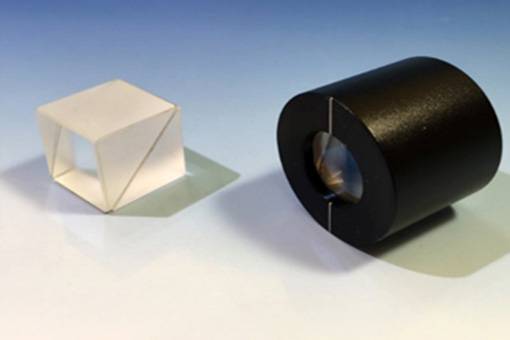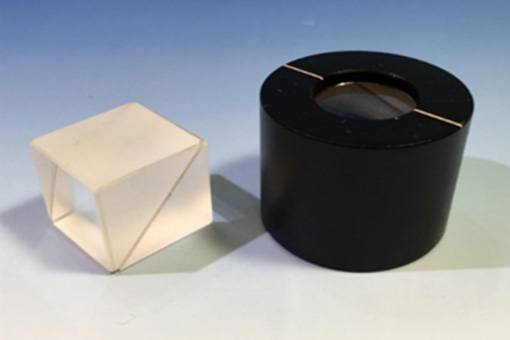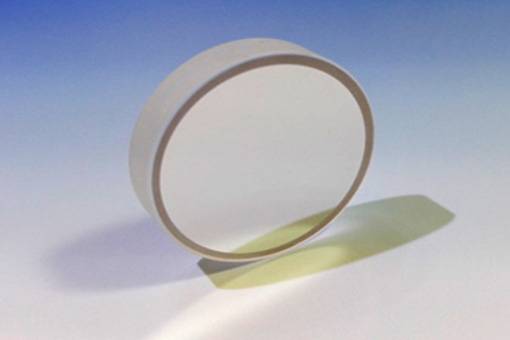-

Glan Thompson Polarizer
Glan-Thompson polarizers consist of two cemented prisms made from the highest optical grade of calcite or a-BBO crystal. Unpolarized light enters the polarizer and is split at the interface between the two crystals. The ordinary rays are reflected at each interface, causing them to be scattered and partially absorbed by the polarizer housing. The extraordinary rays pass straight through the polarizer, providing a polarized output.
-

Wollaston Polarizer
Wollaston polarizer is designed to separate unpolarized light beam into two orthogonally polarized ordinary and extraordinary components which are symmetrically deflected from axis of initial propagation. This kind of performance is attractive for laboratory experiments as both ordinary and extraordinary beams are accessible. Wollaston polarizers are used in spectrometers also can be used as polarization analyzers or beamsplitters in optical setups.
-

Rochon Polarizer
Rochon Prisms split an arbitrarily polarized input beam into two orthogonally polarized output beams. The ordinary ray remains on the same optical axis as the input beam, while the extraordinary ray deviates by an angle, which depends on the wavelength of the light and the material of the prism (see the Beam Deviation graphs in the table to the right). The output beams have a high polarization extinction ratio of >10 000:1 for the MgF2 prism and >100 000:1 for the a-BBO prism.
-

Achromatic Depolarizers
These achromatic depolarizers consist of two crystal quartz wedges, one of which is twice as thick as the other, that are separated by a thin metal ring. The assembly is held together by epoxy that has been applied only to the outside edge (i.e., the clear aperture is free from epoxy), which results in an optic with a high damage threshold.
-

Polarizer Rotators
Polarization roators offer 45° to 90°rotation at a number of common laser wavelengths.The optical axis in apolarization rotator is perpendicular to the polished face.The result is that the orientation of in put linearly polarized light is rotated as it propagates through the device.
-

Fresnel Rhomb Retarders
Fresnel Rhomb Retarders like broadband waveplates providing uniform λ/4 or λ/2 retardance over a wider range of wavelengths than possible with birefringent waveplates. They can replace retardation plates for broadband, multi-line or tunable laser sources.
-

Phone
Phone
-

Email
Email
-

whatsapp
whatsapp
-

Wechat
Wechat

-

Top






